There are dozens of different ways to play Yu-Gi-Oh!, whether it be through using closed formats to limit what cards can be played, digitally through Duel Links, or the similarly styled Speed Duels that use the same altered boardstate.
But unless you’re an avid fan of the Yu-Gi-Oh! franchise and keep up with news outside of the TCG, you likely won’t have a clue what a Rush Duel is or how it varies from all of the existing versions of the game.
Konami introduced the concept of Rush Duels alongside the Yu-Gi-Oh! SEVENS anime series in April 2020, with the format currently being exclusive to Japan. An English adaptation of the show is currently in development, which means both it and Rush Duels will likely be making their way to Western audiences in the near future.
According to the anime, Rush Duels were created by Yuga Ohdo, the main protagonist of SEVENS, as an alternative format that anyone can enjoy, in contrast to the “rigid and uncool” Duels run by adults.
Rush Duel is treated as a new mechanic that takes a lot of what Duel Links and Speed Duels changed from the original game and adds additional rules to it. Similarities include the smaller field, which features three Monster Zones and three Spell and Trap Zones, along with the standard spots for the Main Deck, Extra Deck, Field Spell Zone, and Graveyard.
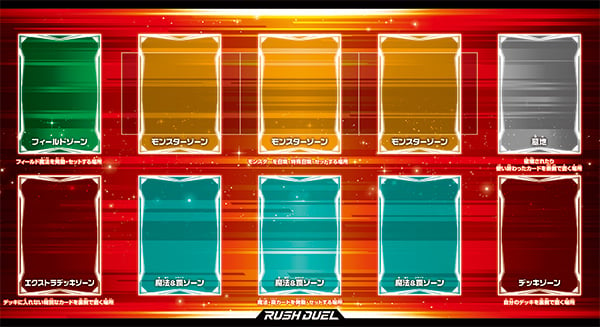
There is no Standby Phase or Main Phase Two in Rush Duels, which keeps things moving just like in Speed Duels.
But the core gameplay of a Rush Duel is very different from any other style of Yu-Gi-Oh!, letting players Normal Summon and Set as many monsters as possible during a turn, with the only limitation being level five or higher monsters still requiring tributes.
Players start a Rush Duel with four cards in their hand, but instead of only drawing one additional card during their Draw Phase, they draw until they have five cards in their hand, unless they have five or more cards, which means they will only draw one card. This completely replenishes the resources a player has every turn and pushes constant interaction within an active boardstate.
Rush Duels have players starting with the full 8,000 life points like the regular variant of Yu-Gi-Oh! and they can have a full deck between 40 and 60 cards. All Effect Monsters are limited to using their effects once per turn when on the field, resolution timing is simplified, and effect Chains involving Trap Cards are no longer present, with only one Trap being usable during the same timing.
Outside of the changed mechanics, Rush Duels also have two completely new additions to separate the format from every other style of Yu-Gi-Oh!
The first is a new type of card classification called Legend Cards. Players can only use one Legend Card in their deck at a time because of their strength or powerful abilities.
And arguably the biggest addition is Maximum Summon, a new summoning mechanic that works as a mix of Fusion, Ritual, and several other summoning mechanics that aren’t all included in the Rush Duel format.
To summon a Maximum Monster, you must have the Maximum Monster in hand along with the other two monsters listed on the card. These material monsters will have the same name as the Maximum Monster, but have the notation of [R] and [L] in their titles, depicting which position they will take beside the main card.
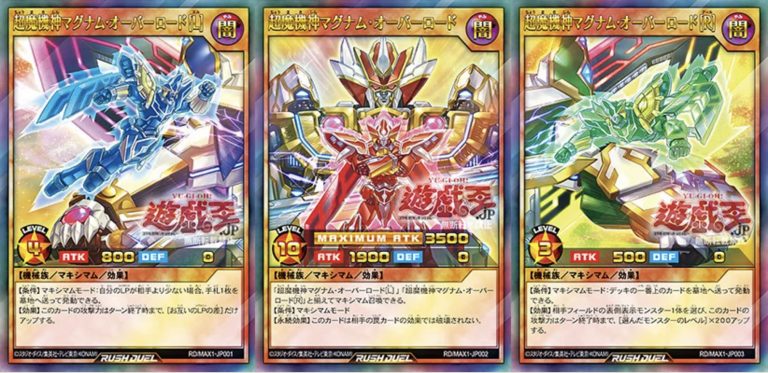
When these requirements are met, you must Special Summon all three of the cards to your trio of Monster Card Zones, with the option of sending all of the other monsters you control to the GY to make room. These three cards are then treated as one monster, featuring one Attack stat that is listed on the Maximum Monster’s middle card.
The [R] and [L] cards will both have effects that can be used, while the middle card has a a Continuous Effect. Once the monster is destroyed or removed from the field, all three cards follow the motion, whether it be to the GY or being sent back to the Hand or Deck.
Maximum Monsters don’t have any Defense, so similar to Links, they can’t be changed to Defense Position or be affected by any cards that would use Defense. Maximum Monsters may also be Normal/Special Summoned normally, though they lose the ability to use their effects if they are not Maximum Summoned.
Rush Duels provide a nice alternative to both traditional Yu-Gi-Oh! and the Speed Duels variant by keeping more of the main game’s core rules and the newer variant’s simplified layout, all while adding unique mechanics too.
Once the new format does make its way to the West, Konami will have another method of releasing Yu-Gi-Oh! products and running events to try and popularize Rush Duels, while still pushing Speed Duels, promoting Duel Links, and supporting the core Yu-Gi-Oh! format too.



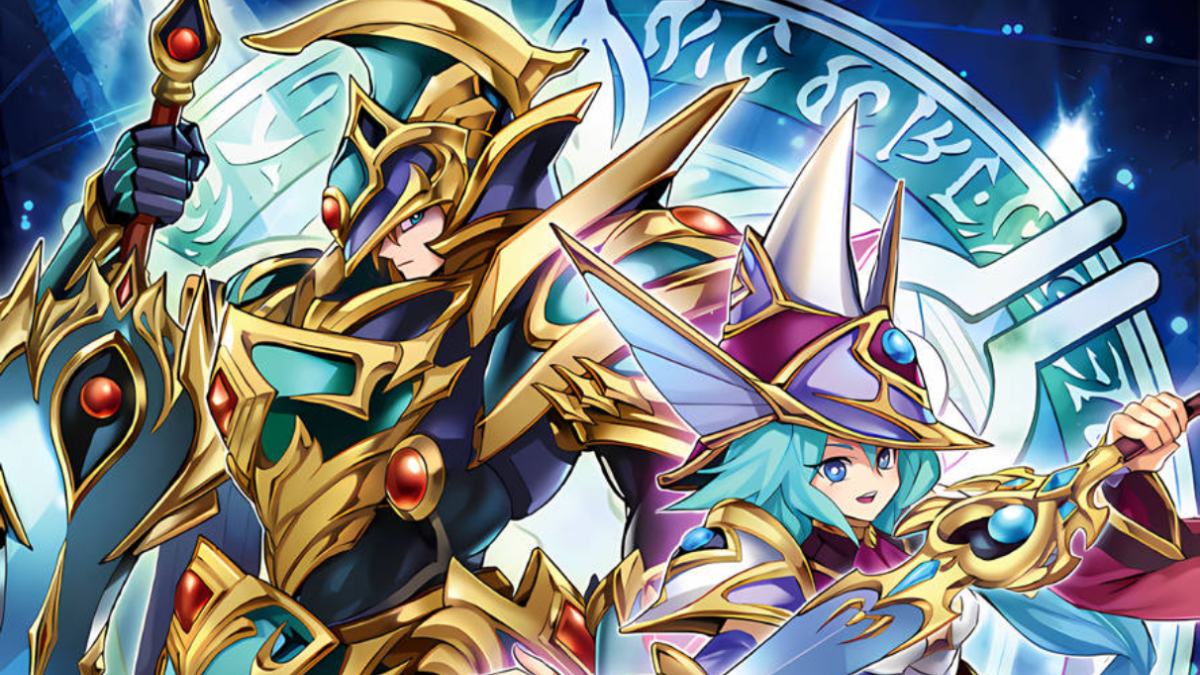

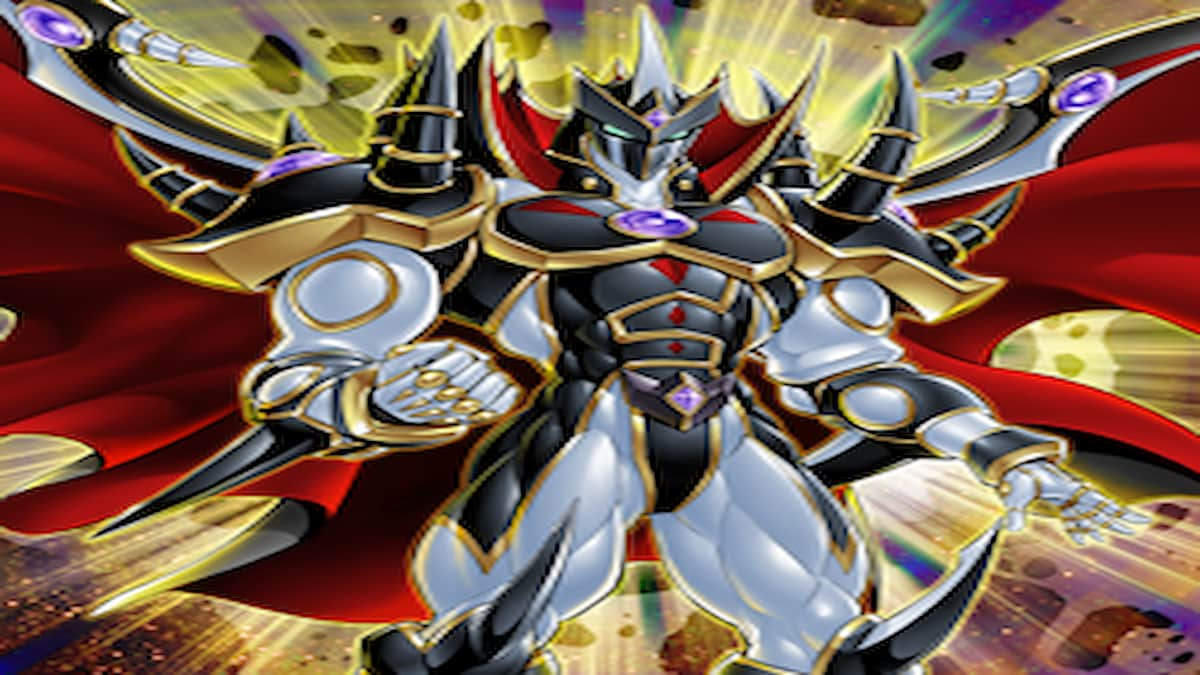
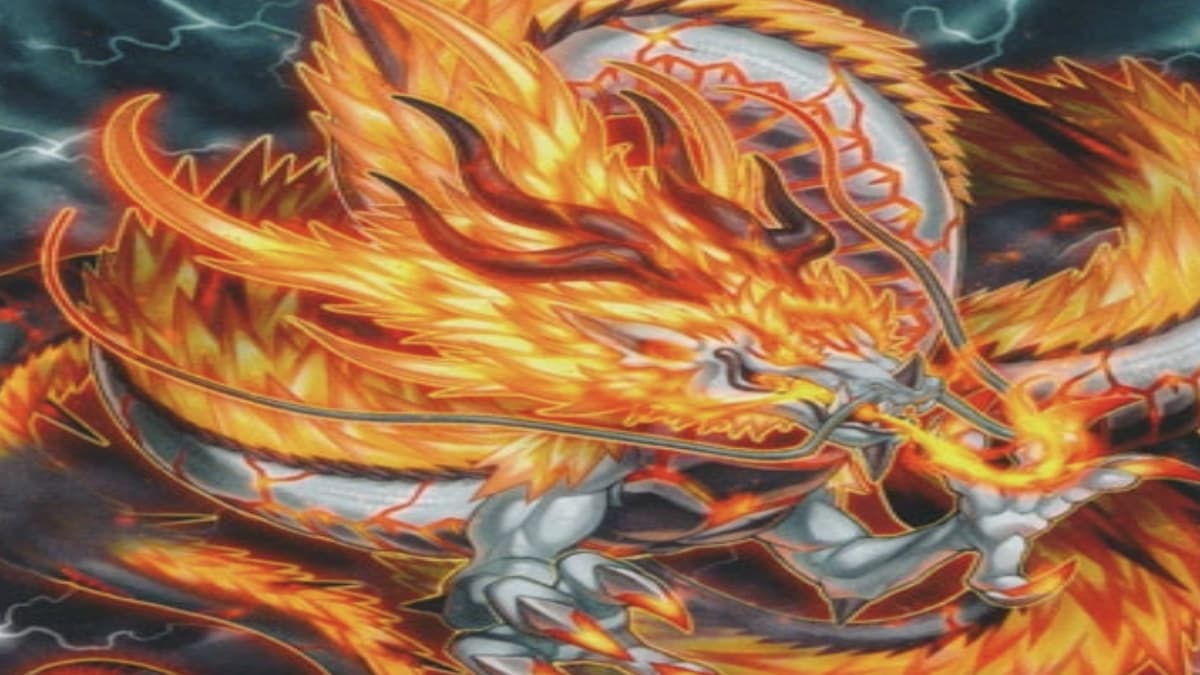
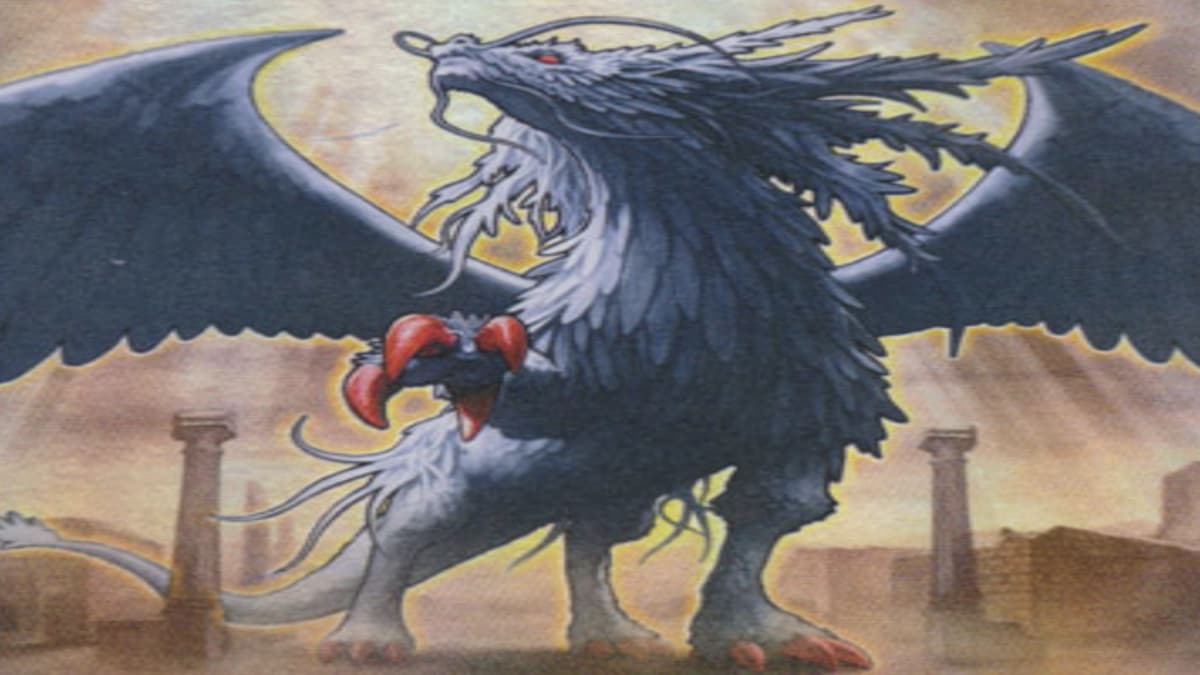
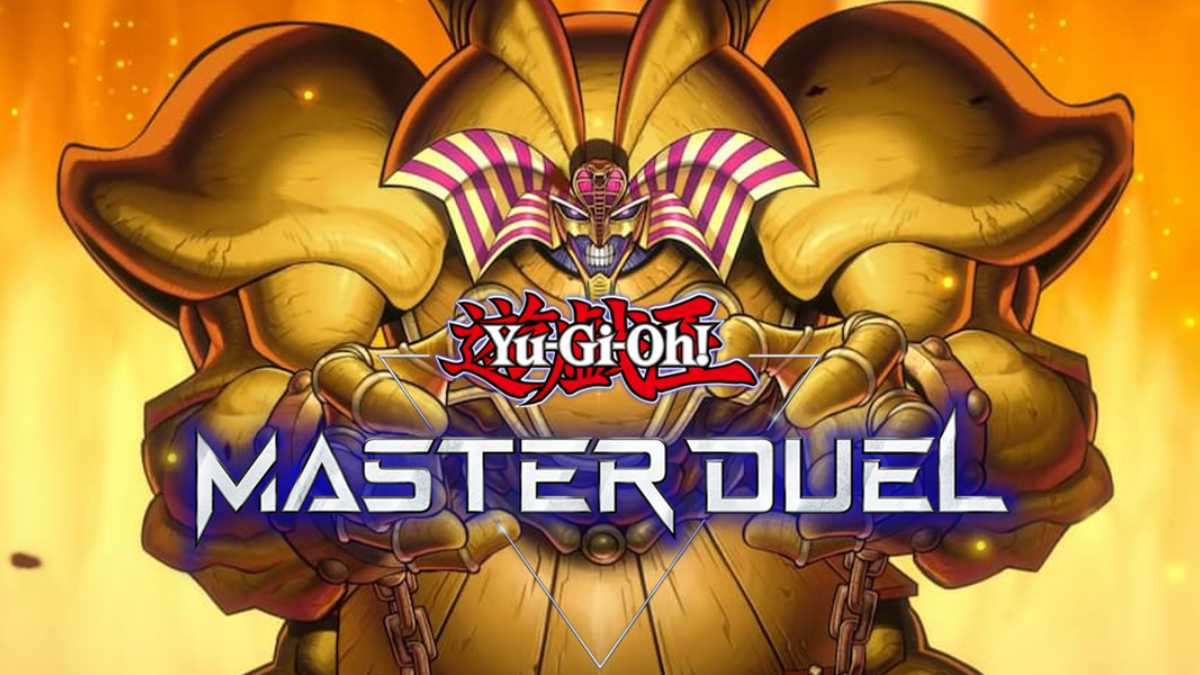


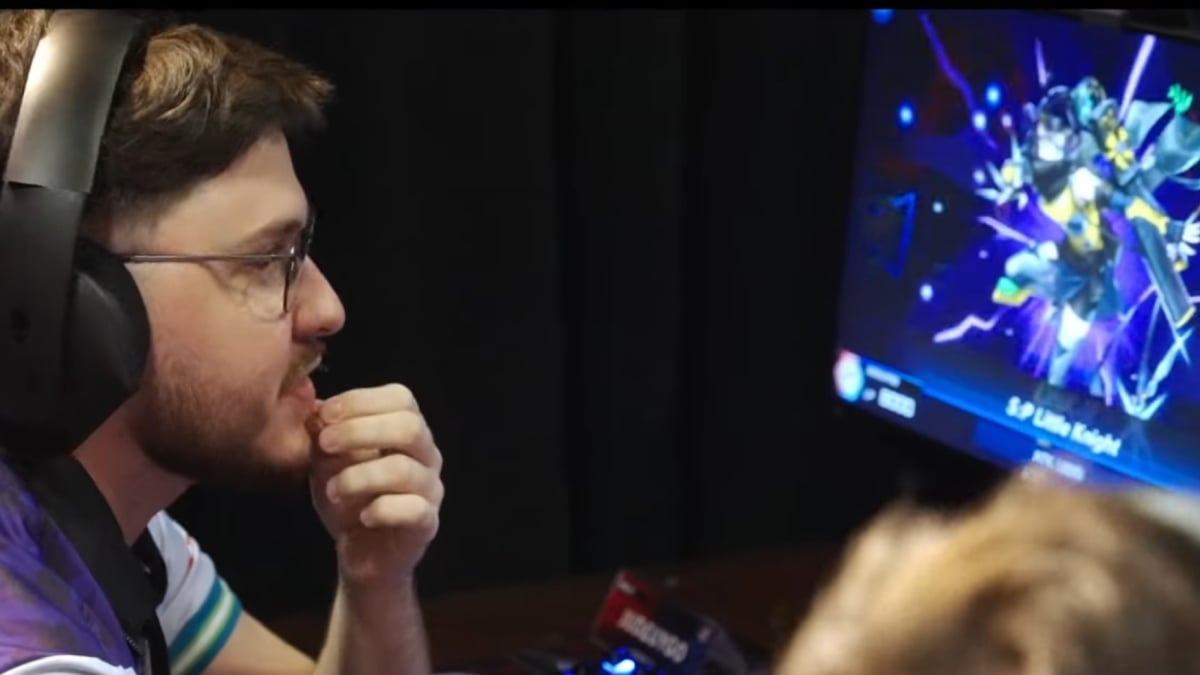

Published: Mar 20, 2021 07:24 pm